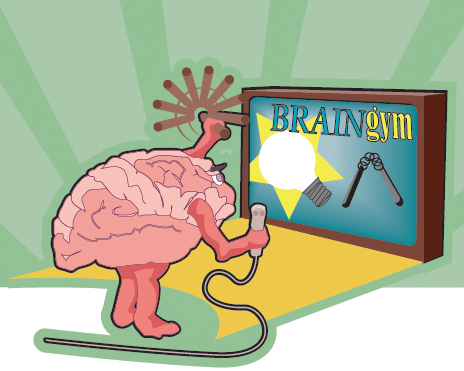Lesson 5
1. Lesson 5
Module 2: Logic and Geometry
Lesson 5: Reasoning to Solve Problems, Puzzles, and Games
Focus
Inductive reasoning and deductive reasoning can be used to solve problems, analyze puzzles, and win games. Reasoning is required to solve a logic puzzle, win a board game, or outsmart your opponents in a video game. You might not even realize it, but when you are playing these games or trying to figure out a puzzle, you are using reasoning to solve problems. You’re giving your brain a workout.

Did You Know?
Patolli, which is similar to modern-day backgammon, and bul are two board games played by ancient Mesoamericans. They were used for recreation as well as for religious purposes. These games blend strategy and chance. Want to know more about these ancient board games? An Internet search for patolli and bul will suggest websites. You might even find a
computer-based version of the games!
You have already looked at some examples in previous lessons where inductive and deductive reasoning were used to solve problems, solve a puzzle, or determine a strategy for a game. In this lesson you will learn to identify the type of reasoning used in the solution. Was inductive reasoning used? Was deductive reasoning used? Were both types of reasoning used in the solution? You will also learn to recognize features of problem-solving strategies that use each type of reasoning.
This lesson will help you answer the following inquiry questions:
- How can inductive and deductive reasoning be used in problem solving?
- How can inductive and deductive reasoning be used to determine a strategy to solve a puzzle or win a game?
Assessment
- Try This 2
- Share 1
- Lesson 5 Assignment
All assessment items you encounter need to be placed in your course folder.
Save a copy of the Lesson 5 Assignment to your course folder. You will receive more information about how to complete the assignment later in this lesson.